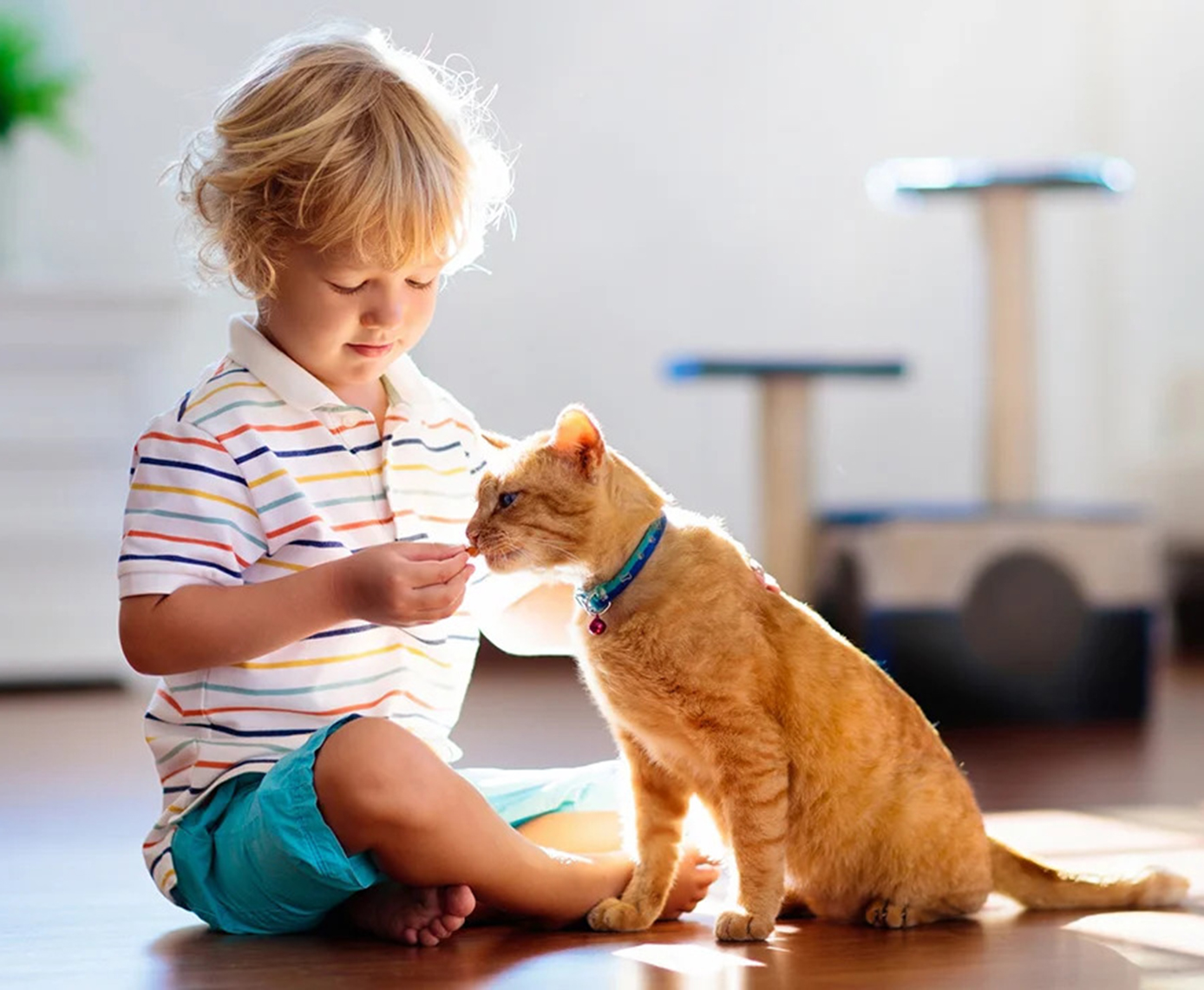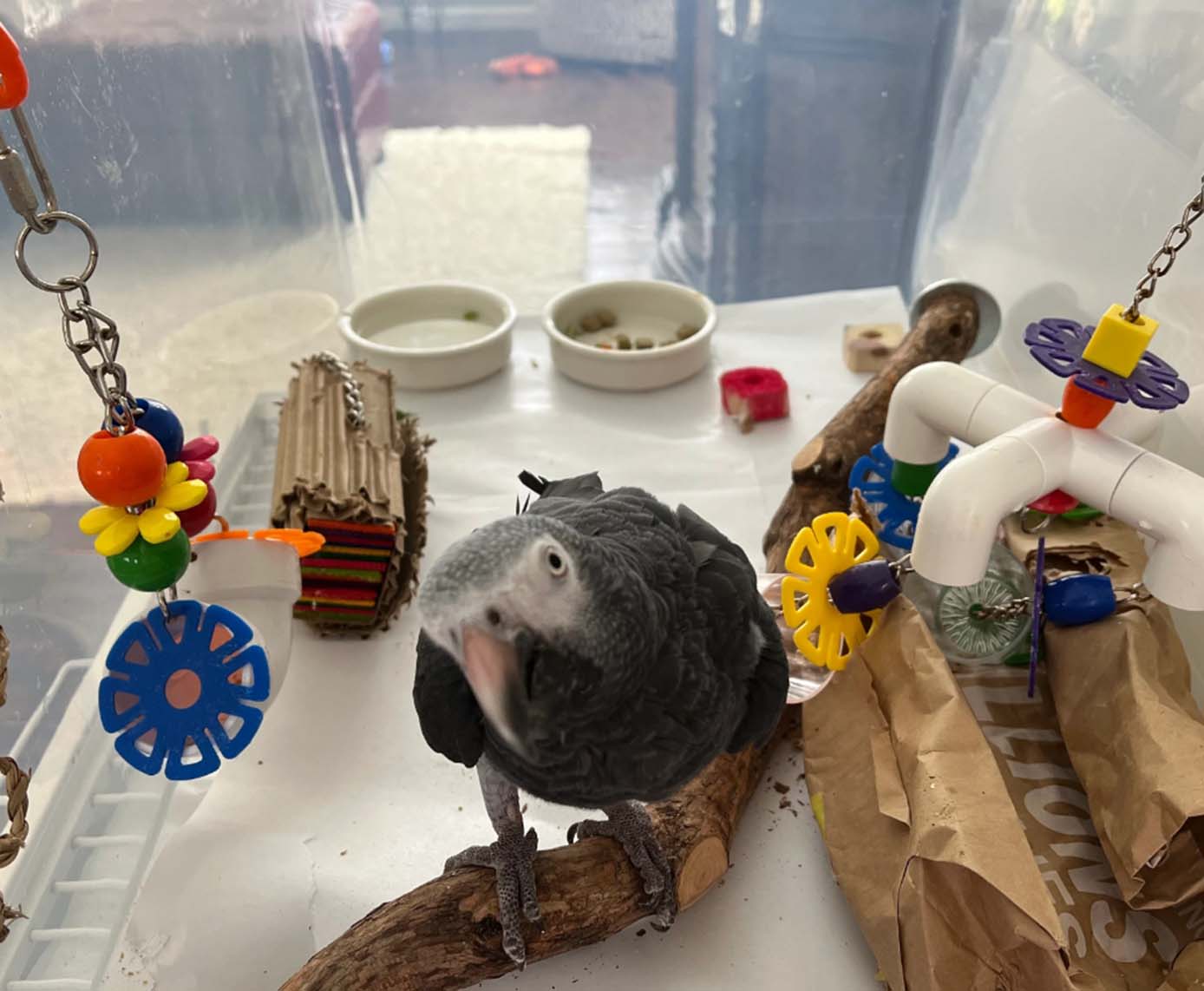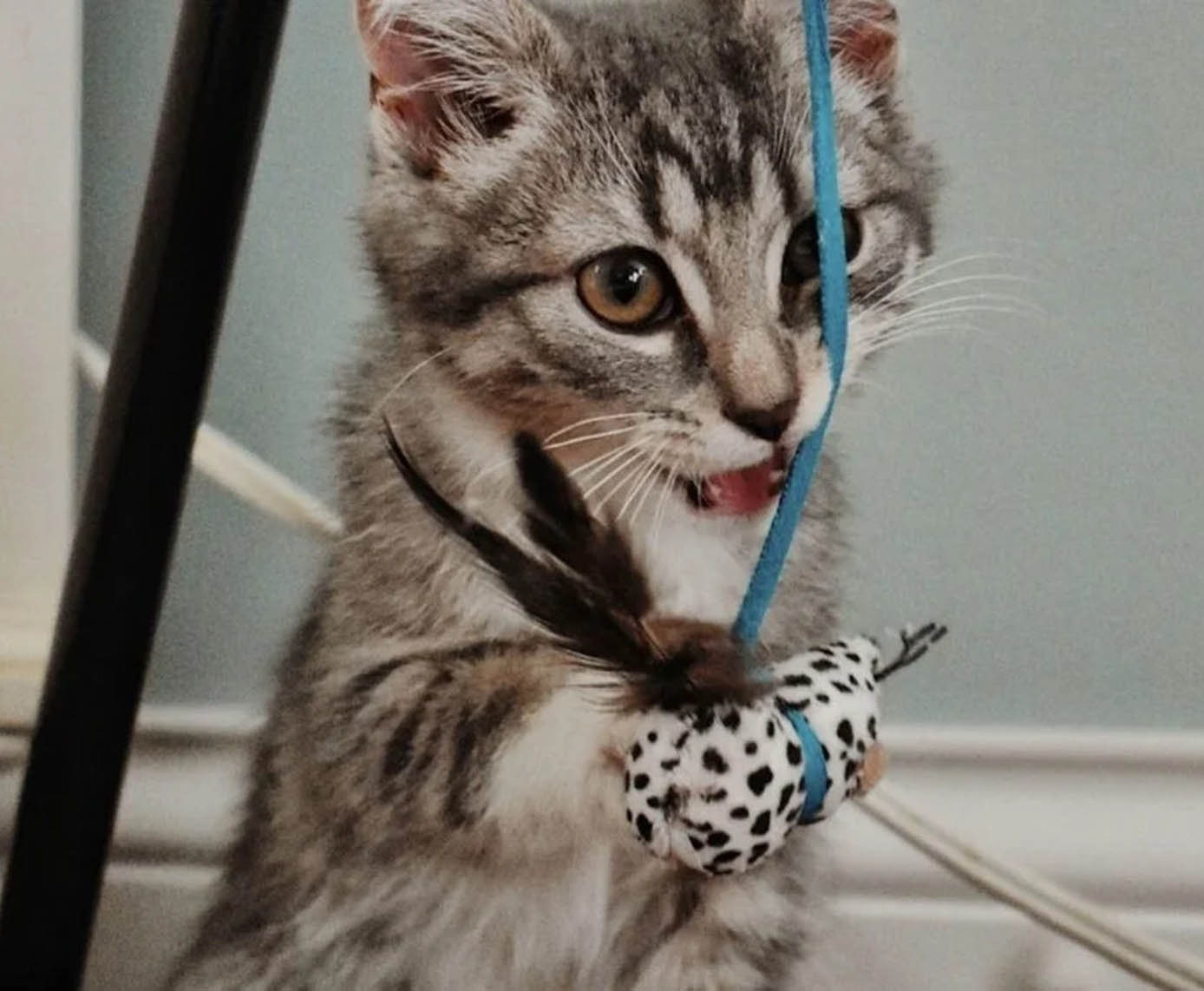We often find ourselves considering how to create a harmonious living environment for both our children and our pets. This dynamic is essential because pets can offer children love, loyalty, and even life lessons about responsibility. However, the process of raising both children and pets in the same household is not without its challenges. From safety concerns to ensuring that both your child and your pet have the best possible experience, it requires careful thought and planning.
This article will explore some of the most common issues you might face when co-raising pets and children, offer practical solutions to address these challenges, and provide helpful tips on how to ensure both your pet and your children can thrive together. We will also highlight some pet-related products that can facilitate better integration into family life, as well as recommendations on where to find these products.
Common Problems in Co-Raising Pets and Kids
- Safety Concerns
- Problem: One of the primary concerns when raising pets and children together is ensuring the safety of both. Children, especially younger ones, may not understand how to treat animals properly, and pets, in turn, may react defensively if they feel threatened or overstimulated. This can lead to bites, scratches, or worse.
- How to Solve:
- Supervise interactions: Always monitor your child’s interactions with pets, especially if they are young. Children should be taught from an early age how to approach and handle pets gently.
- Teach boundaries: Set clear boundaries with your pet and child. For pets, make sure they have a designated “safe space” (a crate, bed, or separate area) where they can retreat when they need some peace. With children, teach them how to respect the pet’s space and avoid disturbing them when eating or sleeping.
- Positive Reinforcement: Reward both your child and pet for positive behaviors. For example, reward your child for being gentle with the pet and offer treats or praise to your pet when they calmly interact with your child.
Products to Help with Safety:
- Pet Crates: A pet crate can give your pet a safe retreat when they need time away from children. A sturdy crate like the MidWest Homes for Pets iCrate (available on Chewy or Amazon) can provide a safe and quiet space for your pet.
- Childproofing Items: Consider using pet gates, like the Carlson Extra Wide Walk-Thru Pet Gate, to block off certain areas where pets can go when your child is playing or eating.
- Allergies
- Problem: Pet dander is a common allergen that can cause allergic reactions in children. This can include symptoms like sneezing, itchy eyes, or skin rashes.
- How to Solve:
- Regular cleaning: Bathe and groom your pets regularly to reduce the amount of pet dander in your home. Vacuum your home often using a vacuum cleaner with a HEPA filter.
- Air purifiers: Invest in a high-quality air purifier to help filter out allergens in the air.
- Choose hypoallergenic pets: If possible, consider hypoallergenic pets that produce less dander. Breeds like Poodles, Schnauzers, or the Siberian cat are known to be hypoallergenic.
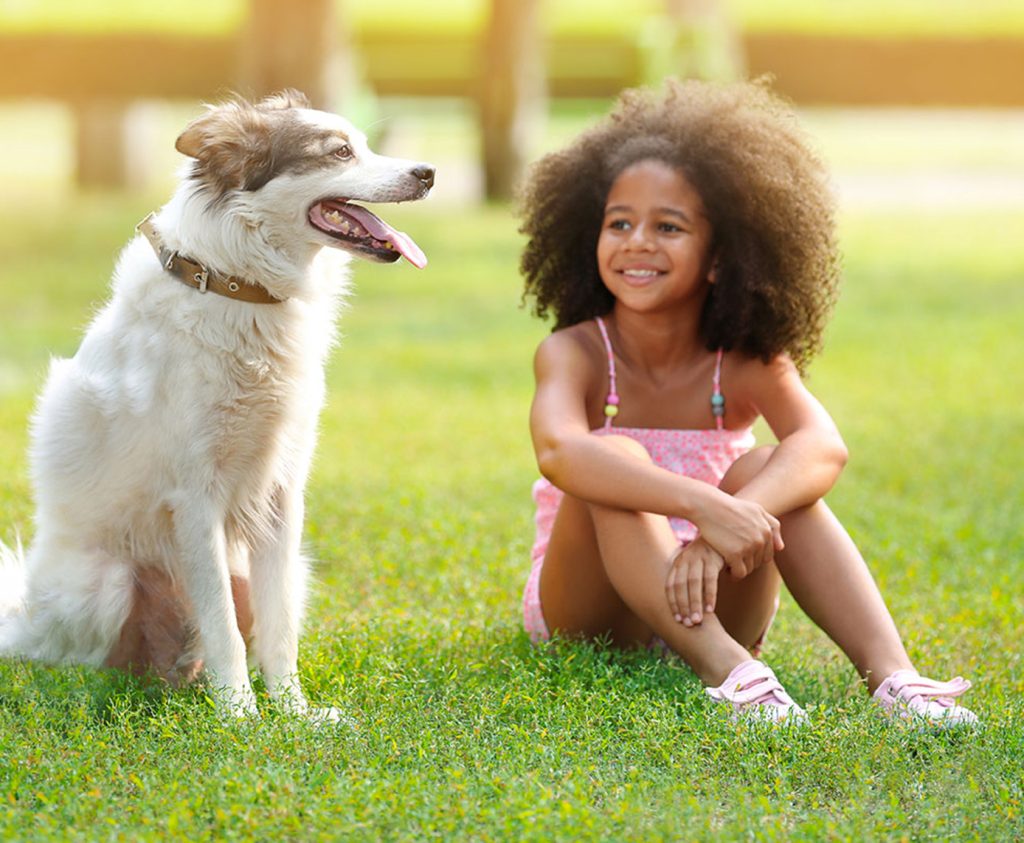
Products to Help with Allergies:
- HEPA Air Purifiers: A great option is the Levoit Core 300 Air Purifier, which helps remove pet dander from the air.
- Pet-Friendly Grooming Tools: The Furminator Undercoat Deshedding Tool helps reduce shedding and dander by removing loose hair effectively.
- Training and Responsibility
- Problem: When children are involved, there may be a tendency to let them off the hook for training and daily care of the pet. Pets require consistent training and care, but children may lack the maturity or attention span to follow through.
- How to Solve:
- Incorporate kids into pet care: Involve your children in daily pet care, such as feeding, grooming, and walking (depending on their age). Teaching responsibility early can help them develop a strong bond with the pet and learn about the importance of care.
- Set clear pet responsibilities: Assign specific, age-appropriate tasks to your child, such as filling the pet’s water bowl, brushing the pet, or making sure the pet’s area is clean.
- Make it fun: Turning training and care routines into a fun activity can make your child excited about interacting with the pet. Use positive reinforcement, like treats and praise, to encourage both your child and pet to be on their best behavior.
Products to Help with Training:
- Interactive Toys: Toys like KONG Classic Dog Toy can help your dog stay entertained and stimulated, especially when they are alone.
- Training Collars: PetSafe Remote Trainer Dog Collar helps with obedience training by using sound, vibration, or static stimulation.
- Kid-Friendly Pet Care Kits: For children interested in taking care of their pet, The Pet Shoppe My Pet Vet Kit is a fun, interactive toy kit that mimics the care pets need.
- Teaching Children About Pet Boundaries
- Problem: Kids may unintentionally harm or stress pets by pulling their tails, ears, or whiskers, or by playing too roughly.
- How to Solve:
- Teach empathy: Teach your children how to recognize when their pet is happy and comfortable or when it feels stressed. This could include looking for signs like tail wagging, purring, or a calm posture.
- Model appropriate behavior: Show your child how to interact with the pet. Gently petting, playing with appropriate toys, and providing space for the pet to rest are all important behaviors to teach.
- Set clear rules: For instance, ensure your child understands that certain areas, such as the pet’s crate or bed, are off-limits for play.
Products to Help with Teaching Boundaries:
- Interactive Play Items: A PetSafe Laser Toy or a Trixie Dog Activity Flip Board can help children engage with pets in a controlled, fun, and safe way.
- Pet Training Books for Kids: Books like “How to Care for Your Pet Dog” are a great way for children to learn the basics of caring for pets and the responsibilities involved.
- Pet Health and Hygiene
- Problem: Pets can carry bacteria or parasites, and children who handle pets may be at risk of coming into contact with these pathogens.
- How to Solve:
- Regular vet check-ups: Ensure your pet is up-to-date on vaccinations, flea treatments, and deworming. A healthy pet is less likely to transmit illness to your child.
- Teach proper hygiene: Encourage your child to wash their hands after handling the pet or cleaning up after them.
- Maintain a clean home: Regularly clean your pet’s bedding, toys, and living areas to prevent the buildup of dirt, bacteria, and parasites.
Products to Help with Pet Hygiene:
- Vet-Approved Pet Cleaning Supplies: The PetSafe Drinkwell Pet Water Fountain ensures clean, fresh water for your pet at all times.
- Flea and Tick Treatment: Advantix II for Dogs is a great flea, tick, and mosquito preventative treatment for pets.
- Pet Wipes: Pogi’s Grooming Wipes are convenient for wiping down your pet after walks or outdoor play to maintain cleanliness.
Ensuring a Happy Home for Pets and Kids
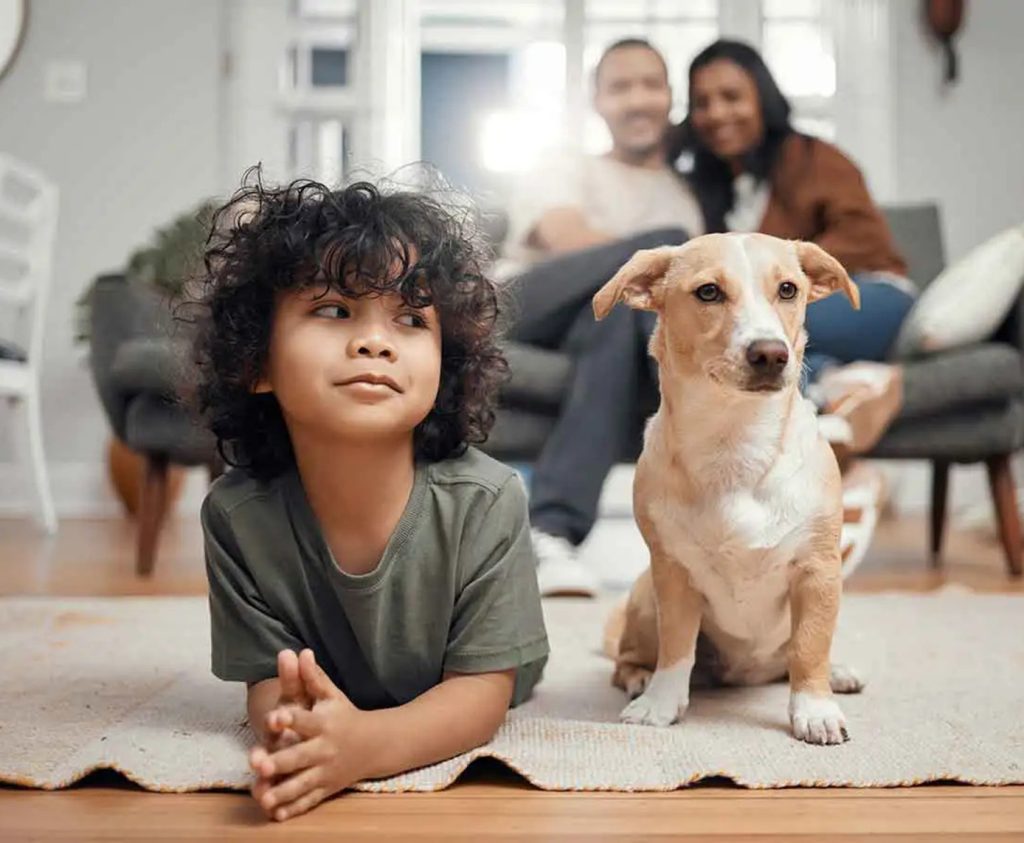
Raising both pets and children together requires patience, education, and the right tools. By addressing safety concerns, encouraging responsibility, setting boundaries, and maintaining proper hygiene, you can create a loving and harmonious environment for both your child and your pet. It’s all about fostering a positive relationship where both animals and humans can thrive.
By investing in pet care products that promote safety, training, hygiene, and health, and by setting a good example for your children, you can ensure that your household is a place of mutual respect and enjoyment for all family members, both furry and human. So, the next time you’re considering adding a new member to your family, take these tips into account, and watch both your pet and your child grow together in happiness and health.
Recommended Platforms for Pet Products:
• Chewy
• Amazon
• Petco
• PetSmart
• Target (for affordable options)
By implementing the above strategies and making the right choices in pet products, you’ll set yourself and your family up for success when raising pets alongside children!
